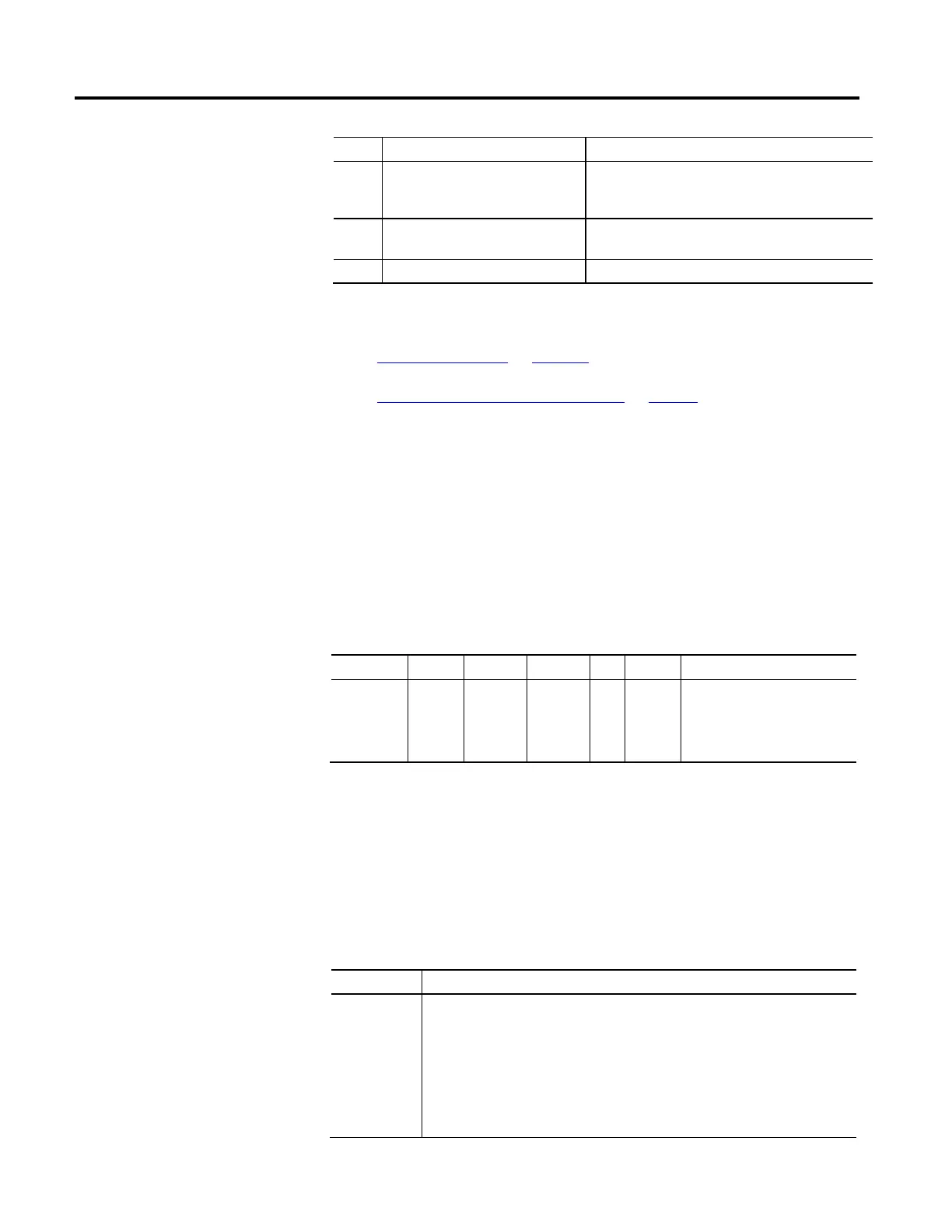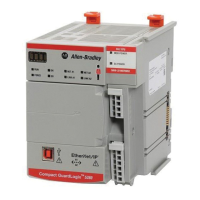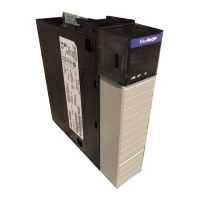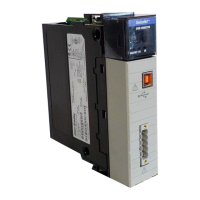Rockwell Automation Publication MOTION-RM003I-EN-P - February 2018 357
Bit Name Description
1 Prevent S-Curve Velocity Reversals
Enables the prevention of unwanted velocity reversals when the
deceleration rate is being dynamically changed (MAS
instruction).
2 Reduced Extreme Velocity Overshoot
This bit limits the velocity overshoot to 50% of the programmed
velocity by increasing the acceleration jerk as necessary.
3...31 Reserved
See also
CIP Axis Attributes on page 185
Motion Control Axis Behavior Model on page 51
Homing functionality provides a means to establish a machine reference position,
or Home Position, for the associated axis. In general, these homing configuration
attributes are only applicable when there is an associated position feedback device;
if the drive is configured for Encoderless or Sensorless operation, the homing
function is not applicable.
The following tables describe the motion homing configuration attributes
associated with a Motion Control Axis.
Home Mode
Usage Access Data Type Default Min Max Semantics of Values
Required - E Set/SSV USINT 1 - - Enumeration
0 = Passive
1 = Active (!N)
2...55 = Reserved
The Home Mode attribute determines if homing actively moves the axis to
generate the homing event or if the axis is to be moved by some external agent to
generate the homing event.
There are two Homing Modes supported by the Motion Axis: active and passive.
Active homing is the most common homing procedure for physical servo axes but
does not apply when Axis Configuration is Feedback Only since it requires active
control of the axis.
Homing Mode Description
Active
When active homing is chosen as the homing mode, the desired homing sequence is then selected
by specifying whether or not a home limit switch, a specified torque level, and/or the encoder
marker is used for this axis. Active homing sequences always use the trapezoidal velocity profile
with dynamics defined by Home Speed, Home Return Speed, Home Acceleration, and Home
Deceleration. The following Home Sequence attribute section describes the available active
homing sequences.
If the configured feedback type does not support a marker signal, the 'marker,' 'switch then
marker,' and 'home to torque then marker' homing sequences are not applicable.
Motion Homing Configuration
Attributes

